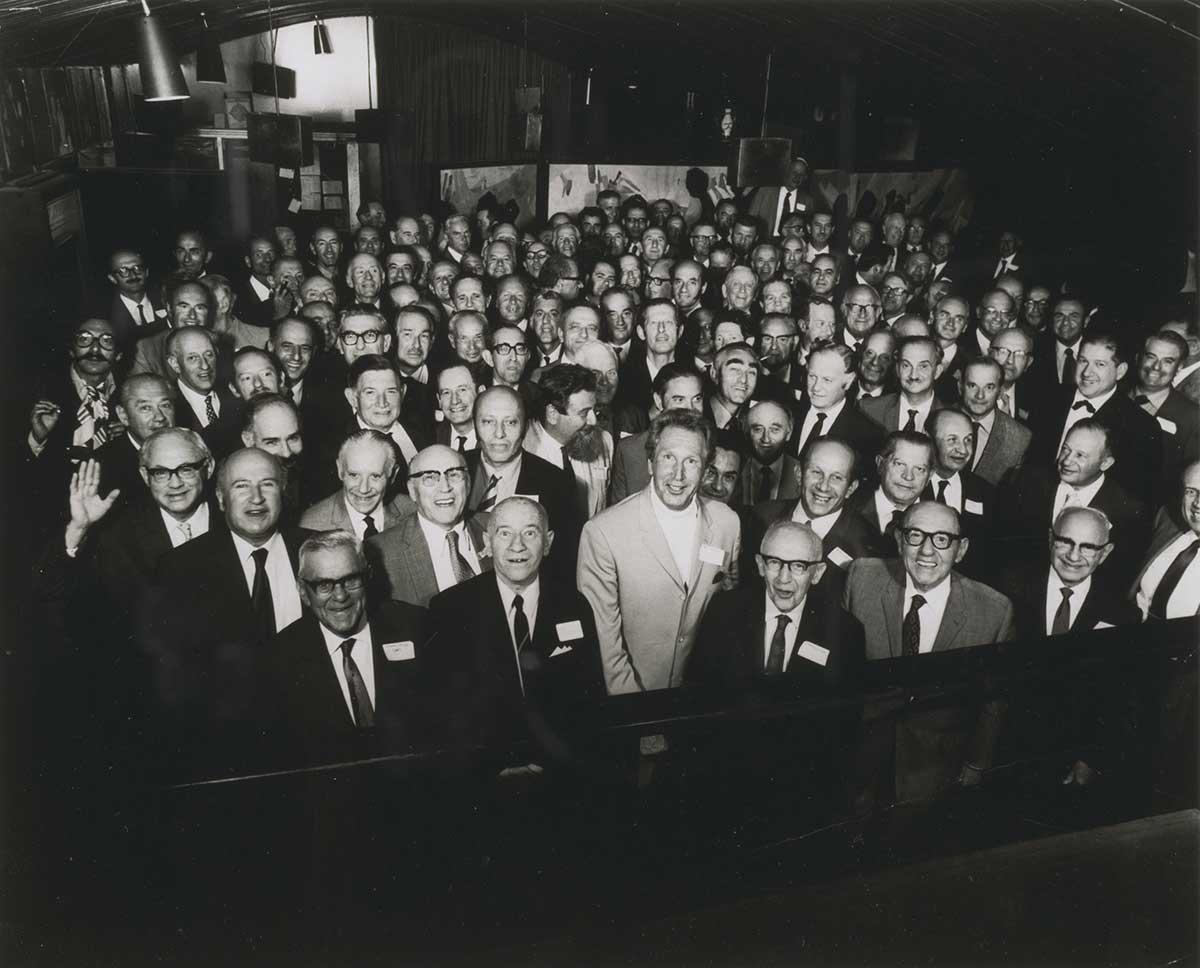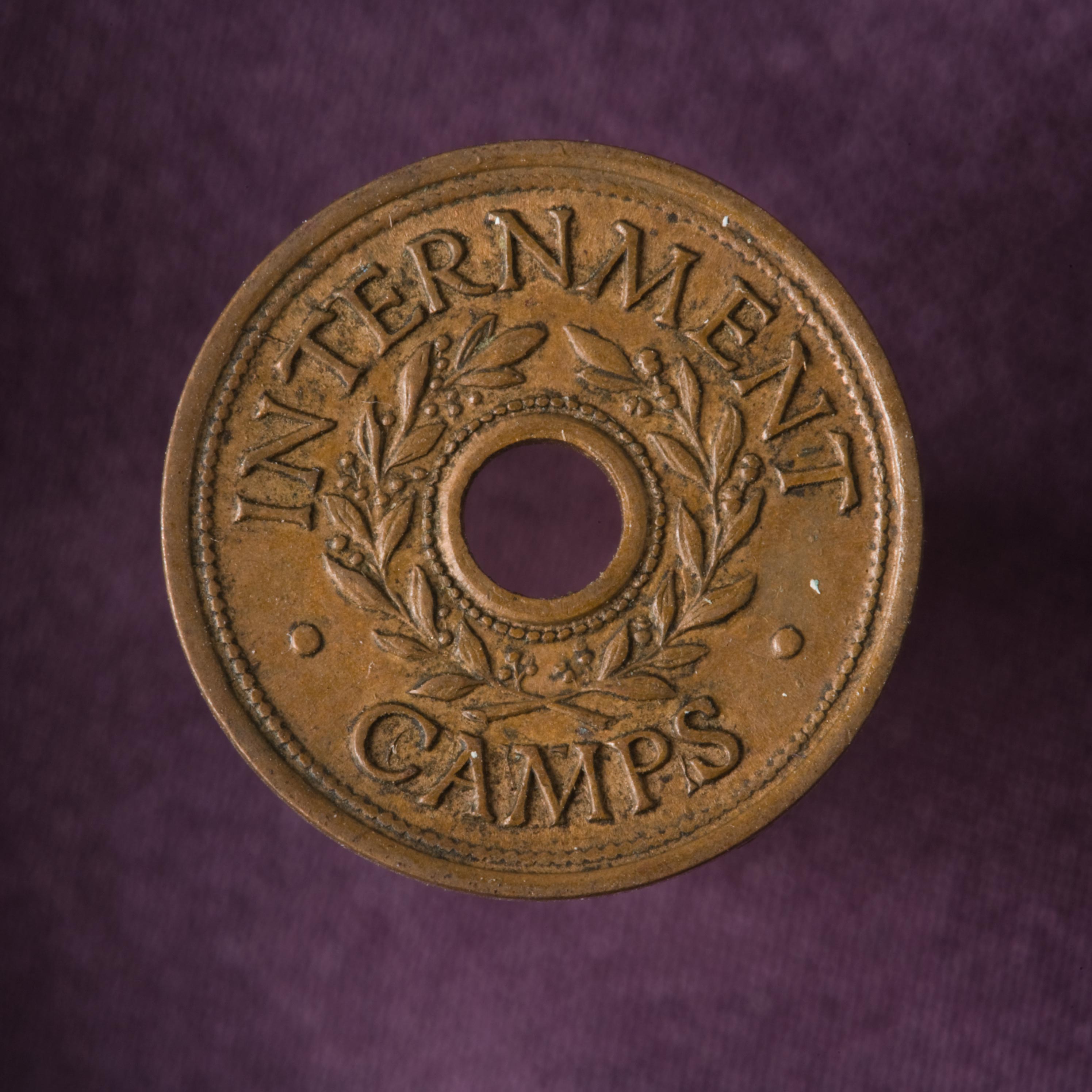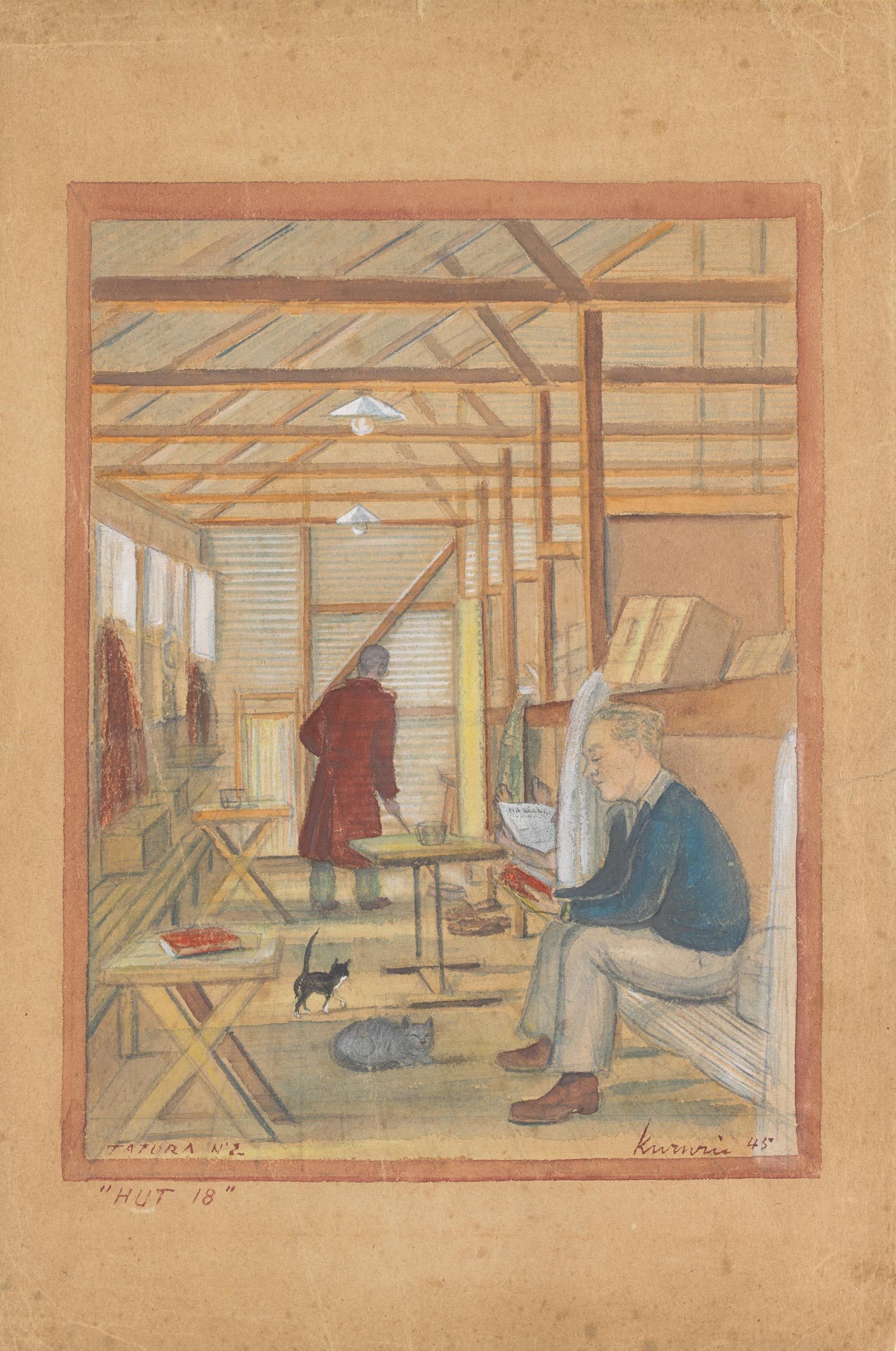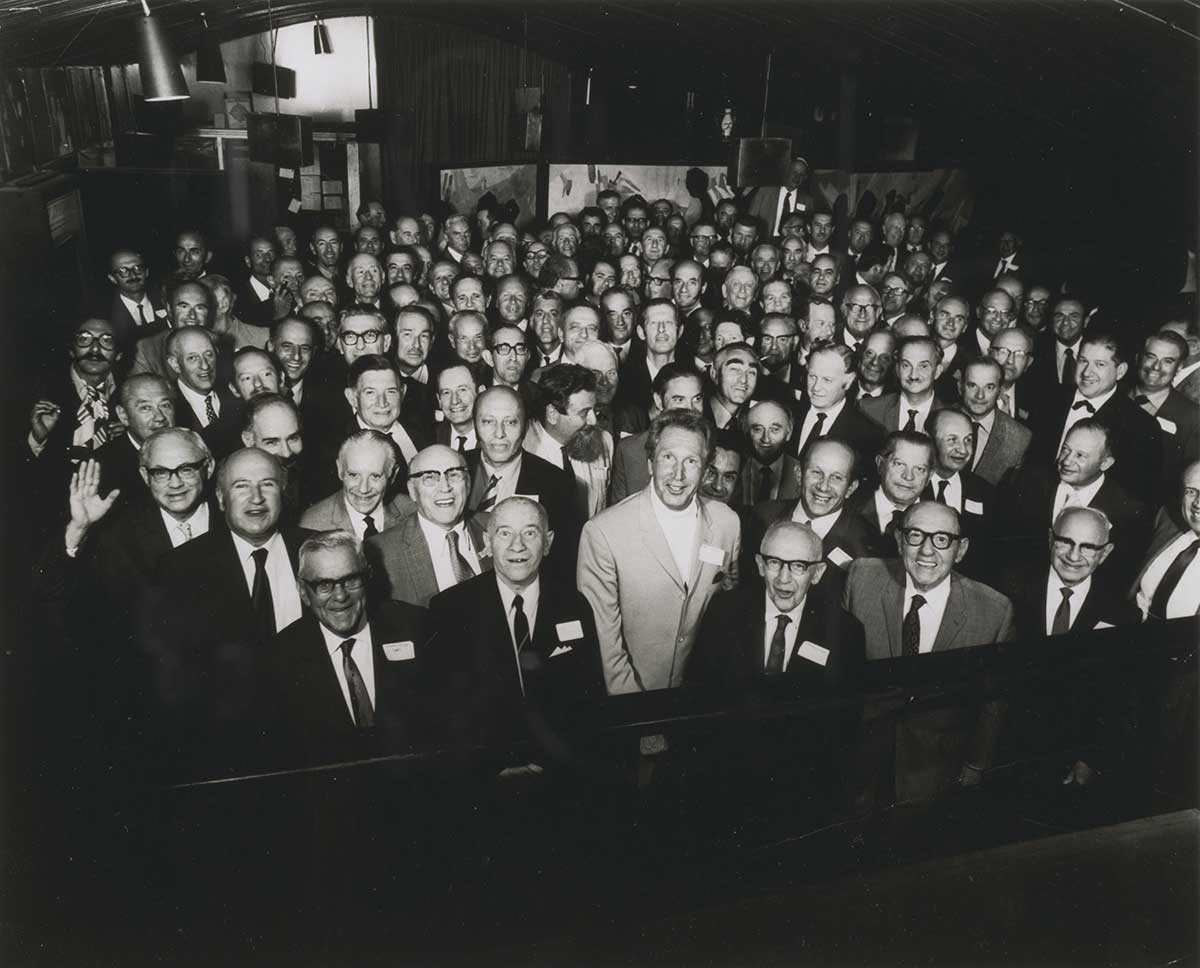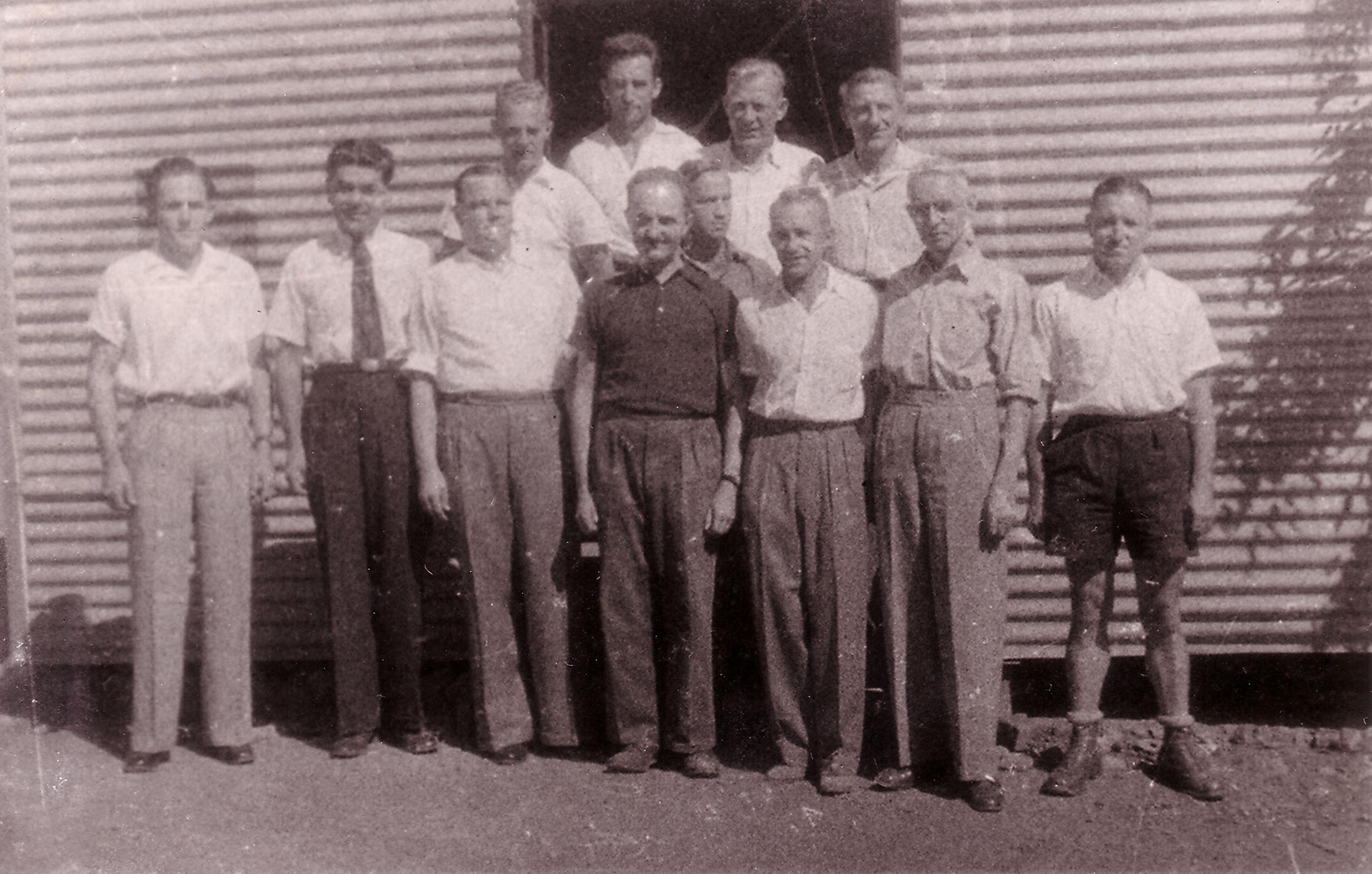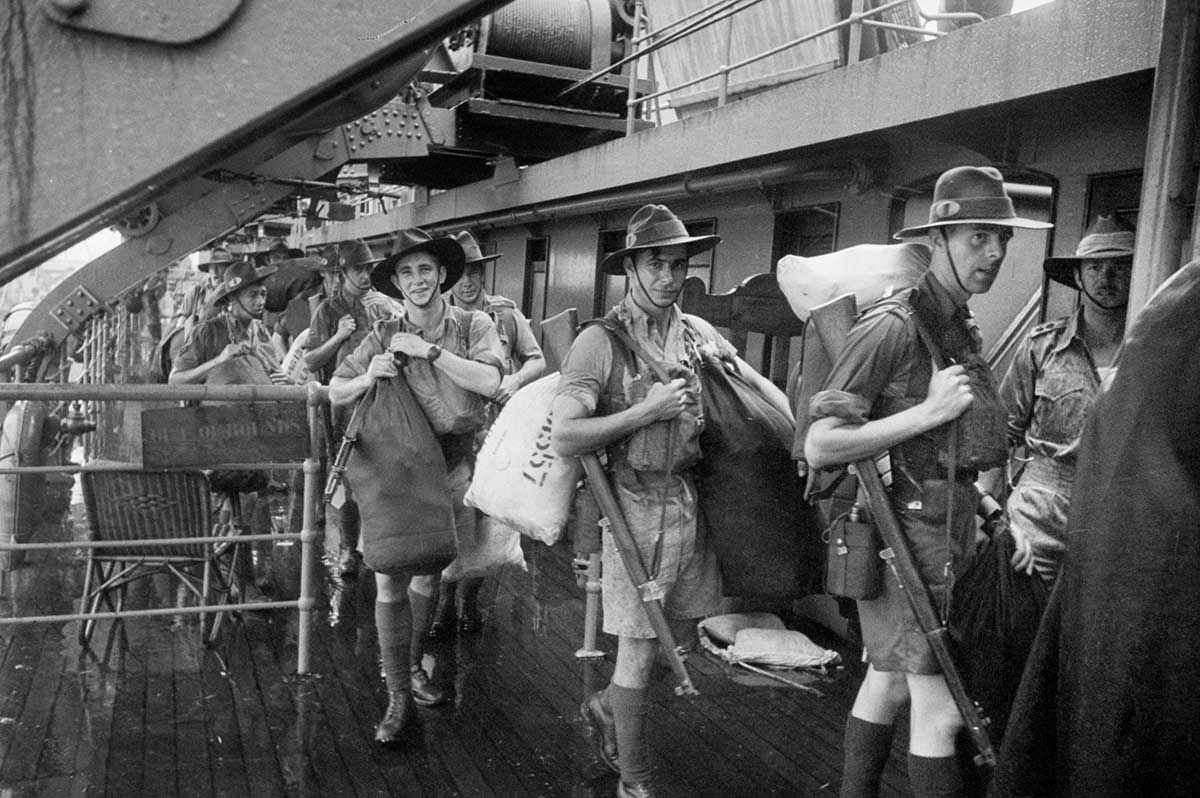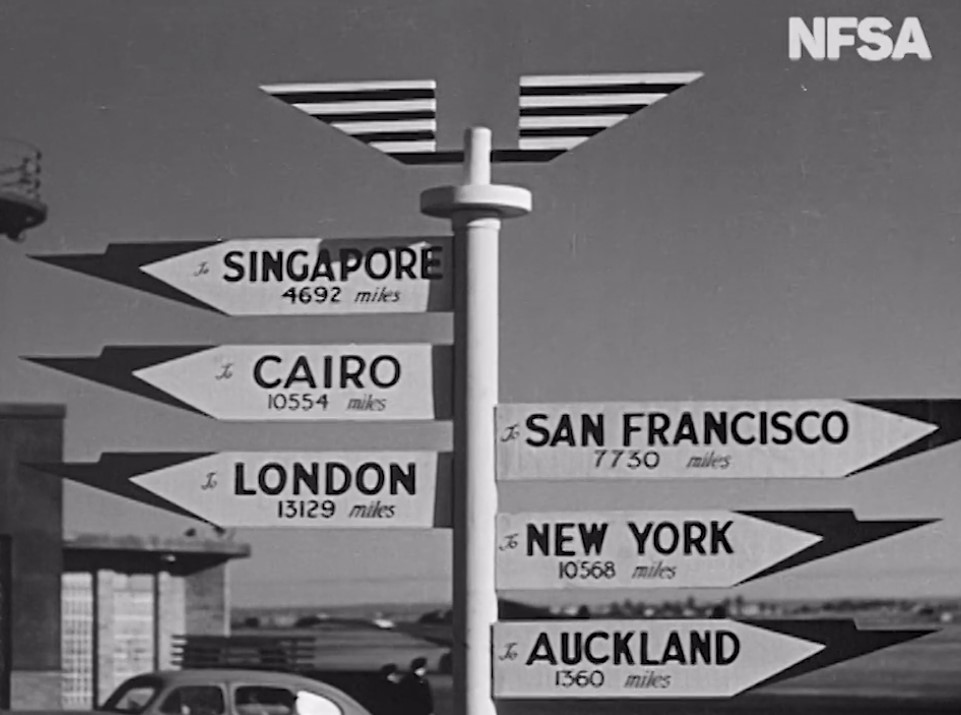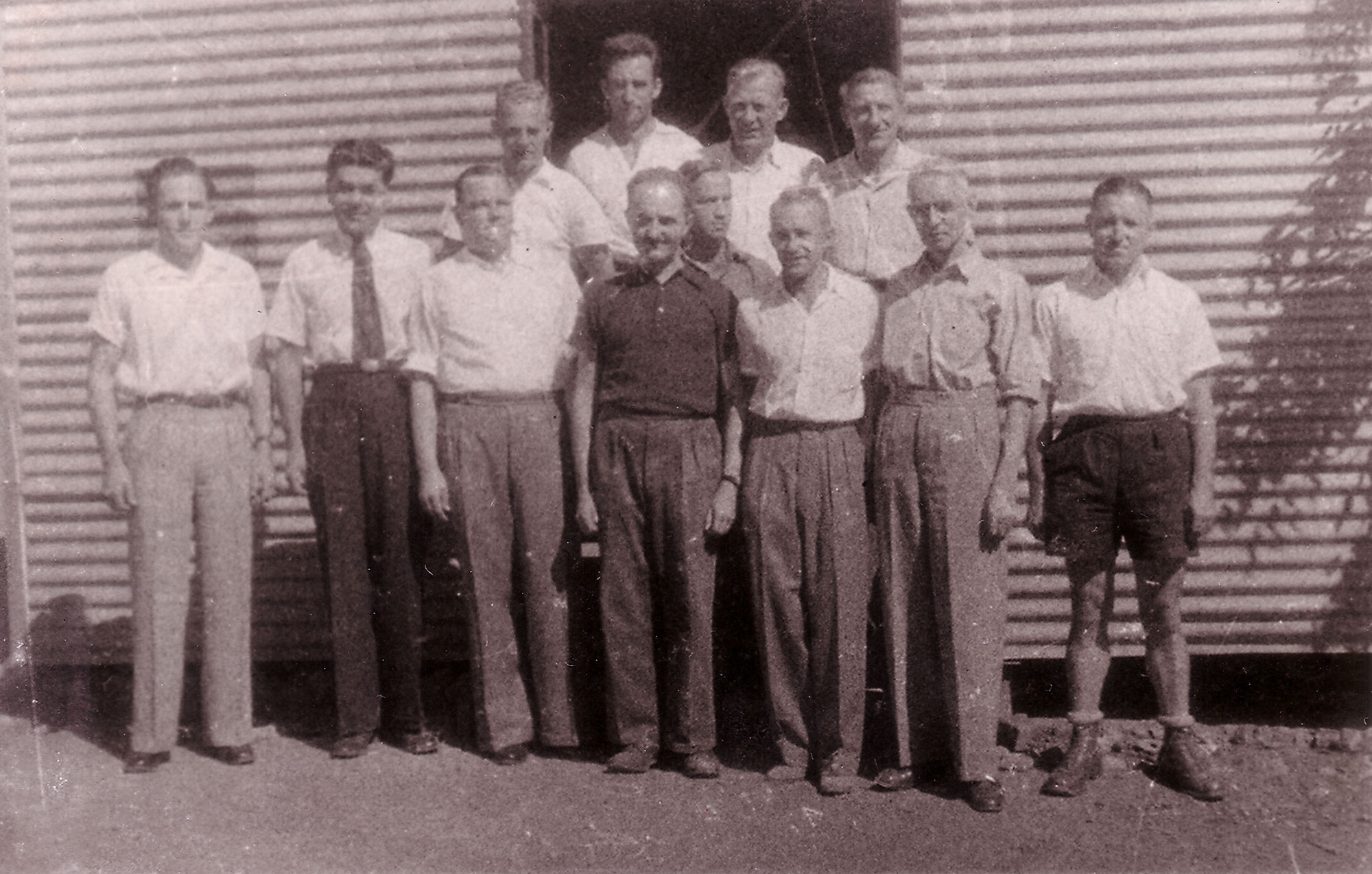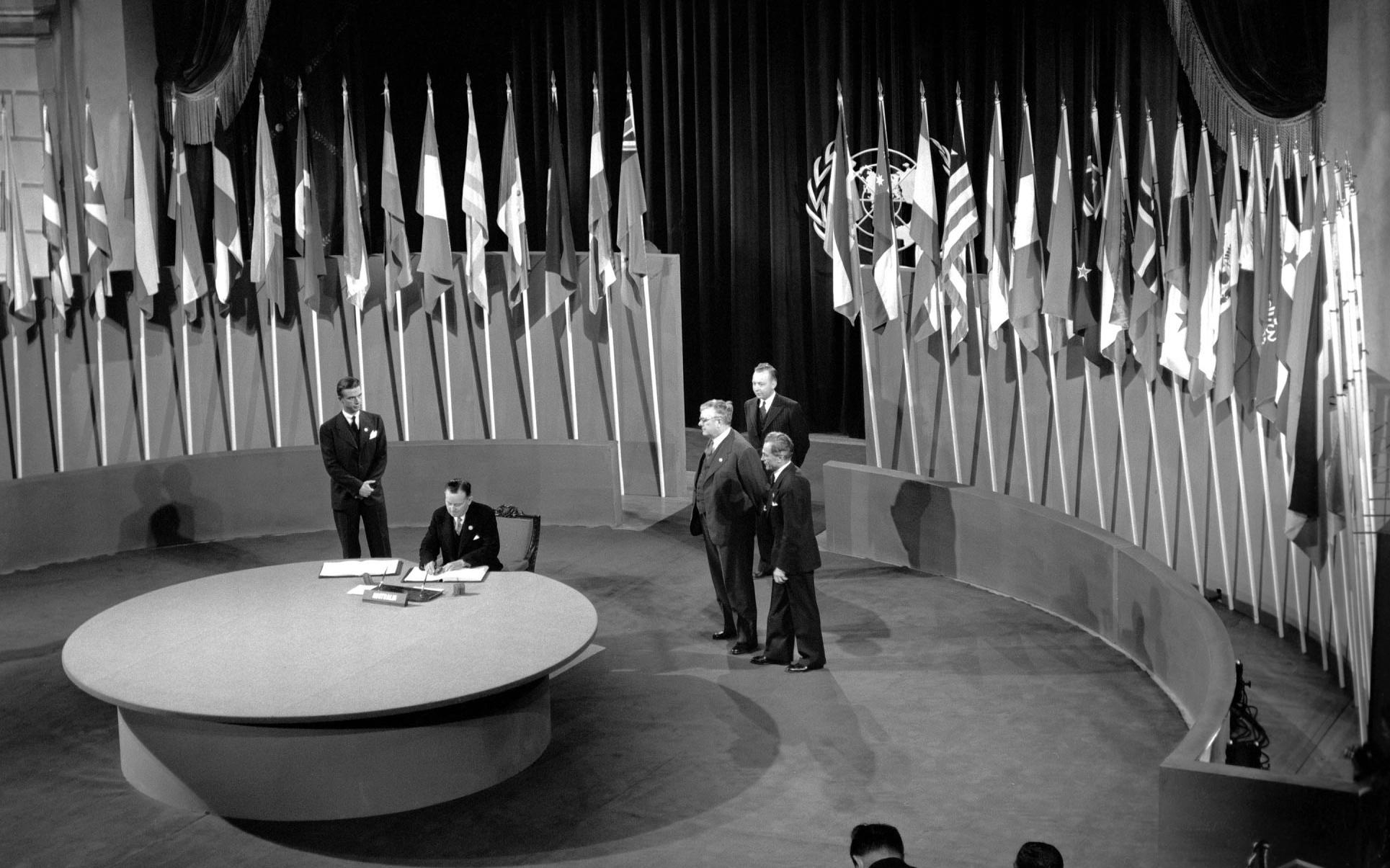Enemy aliens who survived hell
1940: HMT <i>Dunera</i> arrives in Australia
Enemy aliens who survived hell
1940: HMT <i>Dunera</i> arrives in Australia
In a snapshot
In 1940, during the Second World War, 2542 German and Italian ‘enemy aliens’ were sent from Britain to Australia on board the HMT Dunera. In Australia they were imprisoned in internment camps. The ‘Dunera Boys’, as they became known, included musicians, artists, philosophers, scientists and writers. After they were released in 1941 many chose to remain in Australia, making a significant contribution to Australian life and culture.
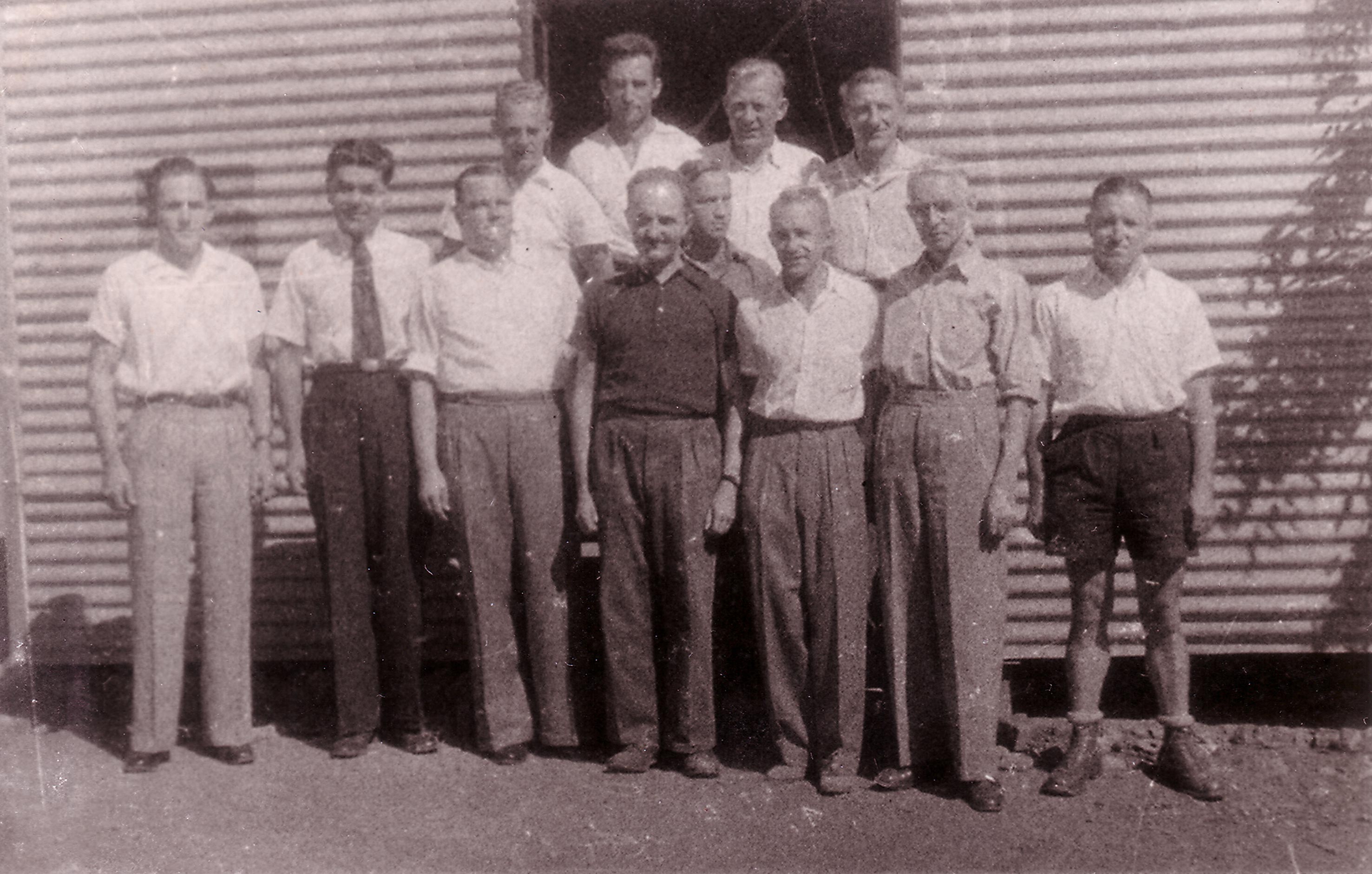
 Can you find out?
Can you find out?
1. Who were the people on board HMT Dunera?
2. What happened to them when they arrived in Australia?
3. How many stayed in Australia after the war and how did this benefit Australia?
Who were the ‘enemy aliens’?
When Britain declared war on Germany on 3 September 1939, more than 70,000 Germans and Austrians lived in the United Kingdom. The British Government described them as ‘enemy aliens’. They were enemies because Britain was now at war with their home countries, and they were aliens because they were not born in Britain. It was thought that some enemy aliens might support Germany and threaten the British war effort.
At first the British Government decided that most Germans and Austrians were not dangerous. But they did intern 569 people they believed posed a threat.
In May 1940 the German army was moving forward across Europe and it seemed possible that Britain would be invaded. In response the British Government decided to intern 12,000 more enemy aliens, including Germans, Austrians and Italians. This led to overcrowding in British internment camps.
To relieve this overcrowding 7500 internees were shipped to Australia and Canada in 1940.
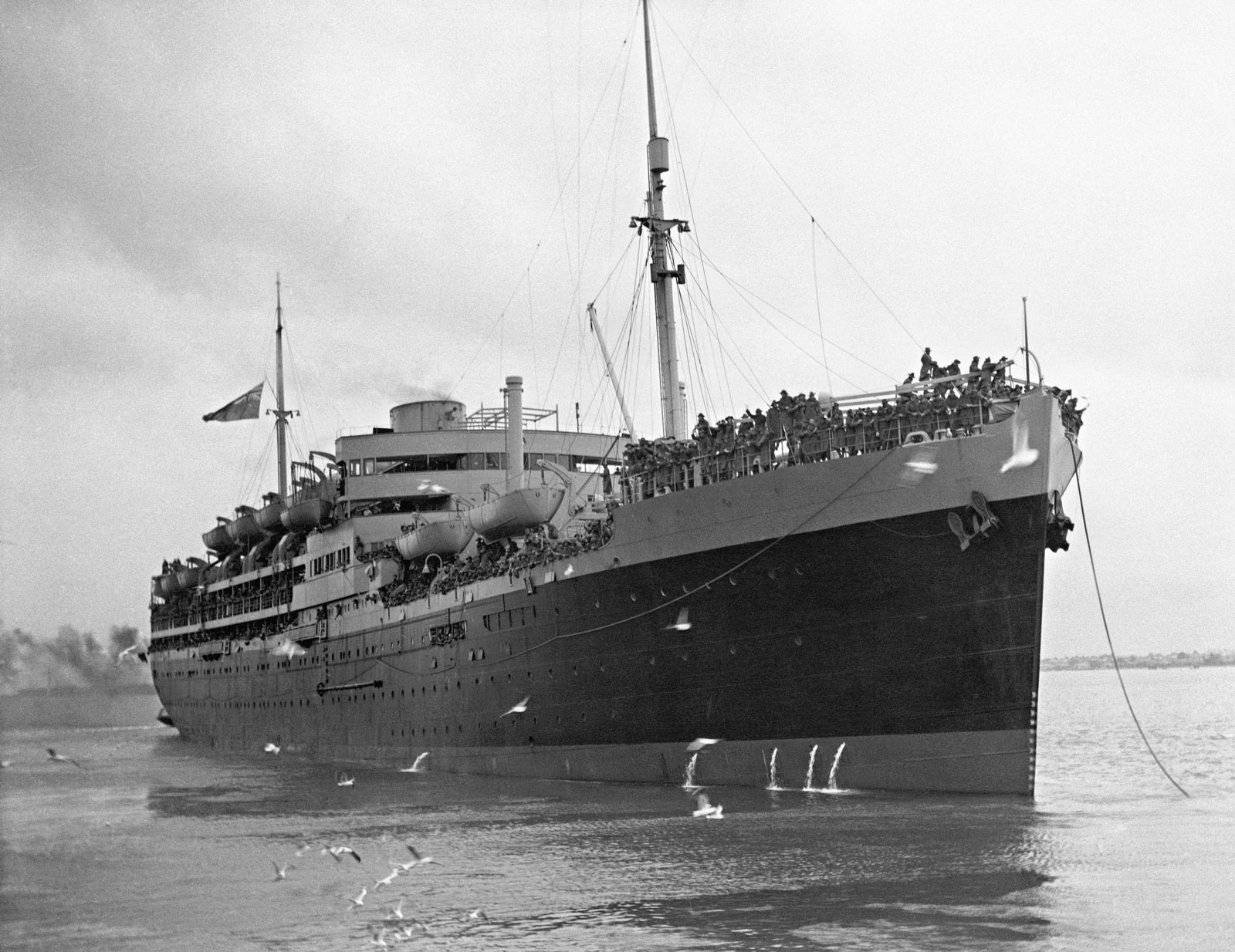
What was it like on the HMT Dunera?
In July 1940, 2542 male internees were sent from Liverpool in England to Australia on board the Hired Military Transport (HMT) Dunera. Among the group were 450 German and Italian prisoners of war. Most people on board didn’t support the Nazi government in Germany and many were Jewish refugees who had escaped from Germany.
The internees were treated very badly on board the Dunera. They were allowed above decks in the fresh air for only 30 minutes a day. Also the internees were physically and verbally abused on the ship by the guards, who stole many of their possessions.
Research task
Research and record on a map where each of Australia’s prisoner of war/internment camps were located during the Second World War. What do you notice about the location of most of the camps?
‘We have received a large number of internees … dispatched in a great hurry … some real injustices have been committed.’
What happened to the internees when they arrived in Australia?
The Dunera arrived in Australia in September 1940. The internees were sent to internment camps near Tatura in Victoria and Hay and Orange in New South Wales.
The Hay camp held most of the internees. While imprisoned the internees set up an unofficial university, libraries and orchestras. They also held concerts and theatre performances and published a newspaper. The internees came to be known as the ‘Dunera Boys’.
When were the Dunera Boys released from detention?
In October 1940 the British Government admitted that it had made a mistake and that most of the internees posed no threat to Britain or Australia. By the end of 1941 most of the internees had been released.
At the end of the war, some of the men chose to return to Britain, but 900 of the original Dunera Boys decided to stay and live in Australia. Many were skilled professionals, tradesmen, scientists and artists, and they went on to make important contributions to the Australian economy and culture.
Read a longer version of this Defining Moment on the National Museum of Australia’s website.
Research task
Research and create a historical profile of one of the Dunera Boys who chose to stay in Australia. You can find a list of some of the Dunera Boys’ names on the National Museum of Australia website.
 What did you learn?
What did you learn?
1. Who were the people on board HMT Dunera?
2. What happened to them when they arrived in Australia?
3. How many stayed in Australia after the war and how did this benefit Australia?






